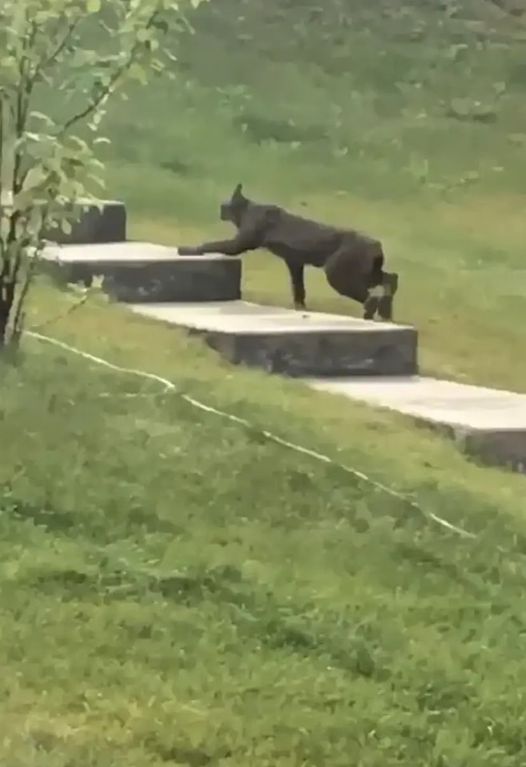
Few creatures embody both myth and nature as seamlessly as the resplendent quetzal. Native to the cloud forests of Central America, this bird’s emerald plumage and ethereal flight have captivated human imagination for centuries. To the ancient civilizations of Mesoamerica, it was more than a bird—it was a living symbol of freedom, divinity, and beauty. Today, the quetzal continues to inspire awe, yet its survival is under threat, turning admiration into a call for urgent conservation.
Sacred Ties to Myth and Legend
The quetzal’s significance dates back to ancient times, where it played a central role in the mythologies of civilizations such as the Maya and the Aztec. Its name is forever linked with gods like Kukulkán and Quetzalcóatl, deities that represented wisdom, wind, and the sacred connection between heaven and earth. To wear its feathers was to hold divine authority, a privilege reserved for priests and rulers. Unlike many cultures that valued birds for consumption, Mesoamerican societies considered killing a quetzal sacrilegious. Instead, they captured the bird, plucked its iridescent feathers, and released it—an act that reinforced the bird’s association with liberty and spiritual power.
This reverence explains why the quetzal still adorns the flags, currencies, and national identities of countries like Guatemala. The bird is not just an emblem of biodiversity but a reminder of how culture and nature intertwine across generations.
A Beauty That Defies Words
What first strikes observers of the quetzal is its shimmering plumage. The males, in particular, sport elongated emerald-green tail feathers that can exceed three feet in length, gliding behind them like banners of living silk. Against this vibrant green are splashes of crimson on the chest and iridescent hints of blue, creating an otherworldly palette. The females, though less flamboyant, possess their own subdued elegance, blending shades of green and gray that allow them to camouflage in dense foliage.
The contrast between male and female, between spectacle and subtlety, deepens the sense of mystery surrounding the species. To many, watching a quetzal in flight is akin to witnessing art in motion. No wonder modern descriptions stretch into the poetic or fantastical; one writer compared its ghostly movement through the misty forests to a “Dementor” from Harry Potter, a comparison that shows how even in contemporary imagination, the quetzal remains larger than life.
The Tragedy of Captivity
Yet for all its splendor, the quetzal does not belong in cages. Unlike parrots or canaries, quetzals simply cannot survive in captivity. When confined, they refuse to eat, slowly wasting away. This defiance has become a metaphor in itself—a living protest against confinement. For conservationists and bird lovers alike, the quetzal’s refusal to adapt to captivity is haunting but also deeply symbolic: freedom is not optional for this creature, it is essential.
Cloud Forest Home in Peril
The natural habitat of the quetzal—the high-altitude cloud forests of Central America—is as fragile as the bird itself. These forests, with their misty canopies and lush undergrowth, provide the fruit, insects, and nesting cavities quetzals depend on. But deforestation, agricultural expansion, and climate change are shrinking these havens at alarming rates.
As forests thin, quetzals lose not only food sources but also the ancient trees whose hollow trunks provide nesting sites. With fewer places to reproduce safely, populations decline. While exact numbers are hard to track due to the bird’s elusive nature, conservation groups warn that continued habitat destruction could push the species into severe decline.
Conservation and Responsibility
Modern conservation efforts aim to prevent that outcome. Protected reserves across Guatemala, Costa Rica, and Panama safeguard critical habitats. Ecotourism also plays a role, turning the quetzal into an ambassador for sustainable travel. Tourists who trek into cloud forests hoping for a glimpse of the bird often leave with a deeper appreciation for why these ecosystems must be preserved.
Local communities have also embraced the quetzal as a rallying point for conservation. By protecting the bird’s environment, they also secure water sources, fertile soil, and biodiversity that sustain human life. The quetzal’s fate is inseparable from the health of its forest home, and by extension, from the health of those who share that environment.
A Living Invitation
The story of the quetzal is not just about a rare bird with dazzling feathers. It is about the values we place on freedom, beauty, and balance with nature. Ancient peoples saw it as a divine messenger, refusing to cage it even as they treasured its feathers. Modern society sees it as a conservation icon, reminding us of the cost of neglecting fragile ecosystems.
To watch a quetzal in the wild is to glimpse something eternal—a flash of color that links myth to modern science, reverence to responsibility. Each sighting is both a privilege and a call: a privilege to witness its majesty and a call to ensure that generations after us will have the same chance.
In the end, the quetzal is more than just a bird. It is a mirror reflecting our relationship with the natural world. Its survival depends not on myth but on action—on whether we choose to protect the forests that cradle its wings.
And if there is one lesson the quetzal teaches us, it is this: beauty that refuses to be caged must be cherished in the wild, where it truly belongs.



